So, guys, I hope you can explain to me how to calculate the necessary parameters for a ballast to limit the current on the primary side of a high voltage transformer.It is for a tesla coil project. To stop excessive current being drawn through the transformer's winding when the secondary is short-circuited.
Transformer specs.
Pri: 230 V/50 Hz, 2.09 A Resistance: 0.5ohm
Sec: 5 kV, 80 mA
So how much inductance I need to limit the current to 2A?
Solution.
The total resistance Z of a choke coil consists partially of the actual coil resistance R and partially of the inductive resistance XL in a linear relationship of the frequency f and the inductivity L as
XL = 2 πf*L
and
Z = √ R2+XL2
The resistance of the coil R can be measured directly over the coil with an Ohm-meter but usually R hardly plays a role compared to the inductive resistance.
We want to reduce the current flowing through our primary of the HV transformer to 2 A maximally at 230 VAC. This means that the choke coil must have a total resistance Z of 230/2 = 115 Ω.
We measure a resistance R over the coil of 0.5 Ω than the inductive resistance must be √Z2-R2 or √((115Ω2)-(0.5Ω2)) = 114.9 Ω.
The next step is to calculate the inductivity by arranging our formula into
L = XL/(2*π*f)
or L = 114.9/(2*π*50) = 365 mH.
Problem.
So I build a choke of the calculated value and test it out.

But the ballast is not limiting the current of the calculated target Its 2 times higher
